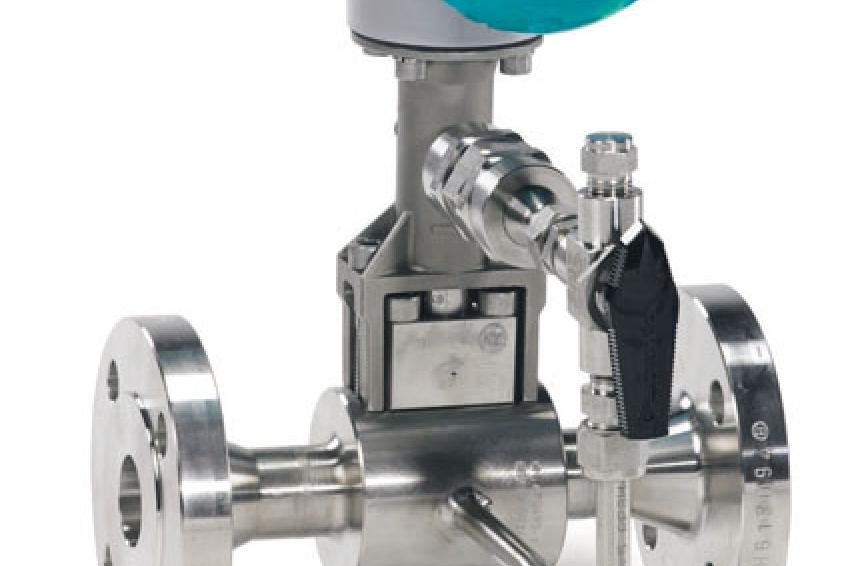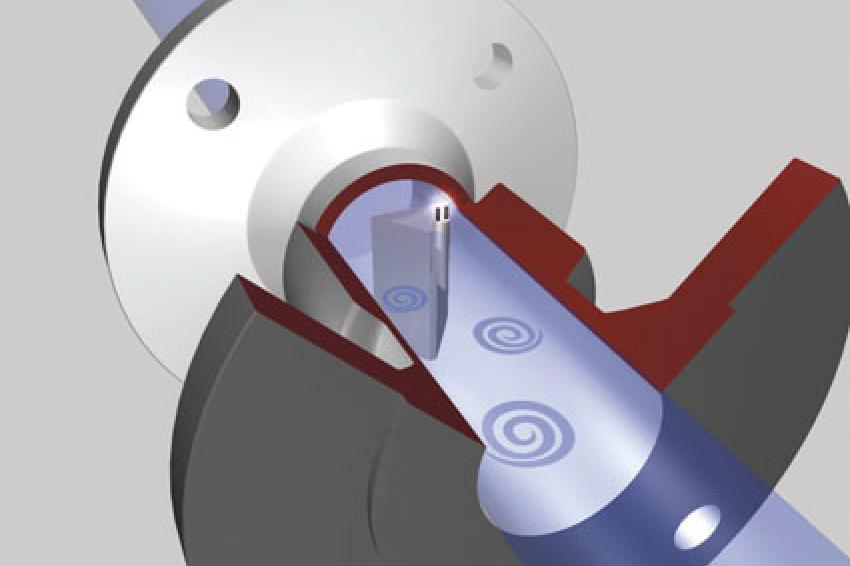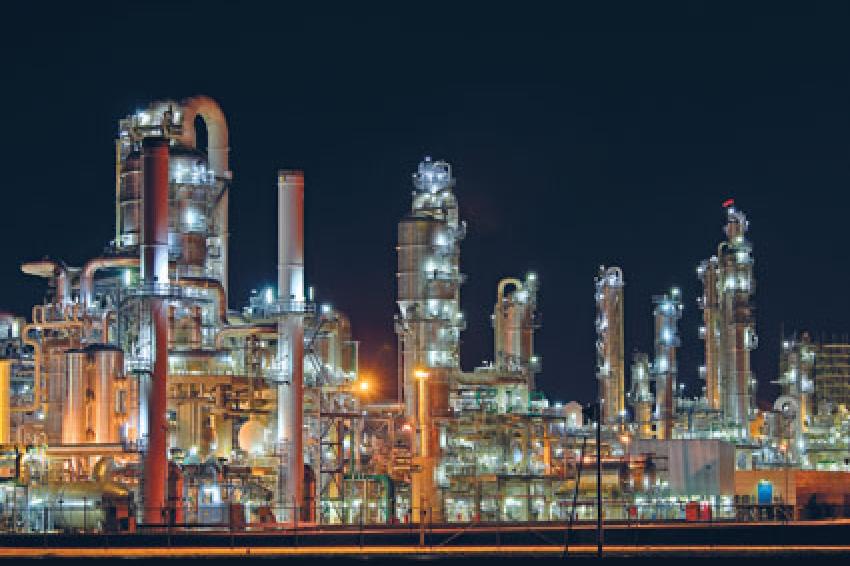Every Little Bit Counts
Saving Energy Costs by Reliable Vortex Measurement
Climate, Environment and Energy - These are some of today's buzzwords. The industry is getting more and more affected by these trends as global energy consumption tops the agenda. Greater than ever, energy prices have prompted site managers and planning engineers to improve energy efficiency wherever possible.
A first step towards obtaining better energy efficiency is to start monitoring the energy consumption more closely. This can be achieved with process instrumentation e.g. a flowmeter, that monitors flow be it either steam, gas and/or liquid.
The Chemical Industry is a Big-Spender
The chemical industry is a massive energy consumer, spending around €4 billion annually on gas, steam and electricity. In light of the finite supply and increasingly expensive resources, precise measurements of these energy flows are gaining importance. This is the only way to implement strategic energy-saving measures. Energy has become a competitive parameter for many companies today especially in the chemical industry.
Chloralkali electrolysis, where the basic chemicals chlorine, hydrogen and sodium hydroxide are obtained, is one of the most energy intensive processes.The chemical industry in Germany is the most energy-intensive industry in Europe as it consumes around 10% of the national energy supply. The industry has ambitious targets as they decided to reduce the industry's energy consumption by at least 30% within a 10-year period. These savings were achieved within only a few years, which is a clear signal of potential future savings. Rising energy and raw material costs along with regulatory emission requirements are forcing the industry to put a greater focus on the energy efficiency of their processes. Energy optimization primarily occurs through better use of the plants and intelligent process control. However, there is also another method, whose impact is often underestimated, namely precisely measuring and billing energy use such as steam, is a first step on the road to saving energy.
Measuring Energy with Flowmeters
Traditionally mechanical flowmeters, such as turbine meters, have often been applied for the measurement of gas flow in the chemical industry. However, a shift in technology has taken place as new electronic flowmeters are available. More specifically, vortex flowmeters are often the preferred choice due to their many possible uses, good reliability and durability. One example of a vortex flowmeter is the Sitrans FX300 from Siemens, that is also designed for gas metering. The vortex flowmeter is an "All-in-One" solution as it has the capability to carry out a distinctive measurement that combines flow, pressure and temperature sensors within only one device. This implies that a higher level of precision can be attained regardless of conductivity, temperature and pressure without additional instrumentation. Besides gas measurement, which is the most relevant medium for the chemical industry, the vortex technology is also capable of measuring steam and other fluids.
Potential Savings with Vortex
The integrated pressure and temperature compensation is significant when it comes to fluctuating flows. Vortex flowmeters mainly measure volume flow, but when the density is entered, both mass flow and volumetric flow can be displayed. In most processes, the pressure and temperature fluctuations can introduce measuring errors.
The example below precisely illustrates the importance of having the pressure and temperature compensation integrated into one device and how it affects the measurement of energy:
- Measurement of superheated steam
- Temperature is 190 0C
- Pressure is 5 bar
Hypothetically, if there is a pressure change of just 1 bar, it leads to a measurement error of 17.43%. Using a DN100 as an example and calculating with an estimated energy cost of €60 per 1 MWh, this error will result in an annual loss of over €200,000.The numbers speak for themselves. In applications with variable process conditions, a vortex flowmeter without temperature and pressure compensation will have to be supplemented by additional temperature and pressure sensors, which are often costly.
Longer Life Time, Better for Environment
The vortex flowmeter is not only well suited to the chemical industry, but works well for a broad variety of industrial applications such as the food & beverage industry, HVAC and oil & gas applications. This proves that it is not only an "All-in-One" flowmeter but it can also work accurately in challenging environments. This is due to its non-wearing stainless steel construction, which gives it high pressure, corrosion and temperature resistance. Also, because the sensor is attached in the turbulent area of the bluff body, there is no risk of deposits or of the sensor being damaged by solid particles.The robust design of the flowmeter makes it more reliable and sustainable.
This also implies, that the product has a longer life time and therefore does not need to be replaced as often as mechanical flowmeters. Replacement purchasing and installation costs are relatively high and sometime require process shutdown, there the longer lifetime of the device drastically improves overall equipment effectiveness.
Where To Start...
There are many ways to actively reduce the total energy consumption and at the same time protect the environment. Within process instrumentation, the first step on the way to energy savings is to precisely determine consumption, which can be done by the active use of a vortex flowmeter. The Sitrans FX300 vortex flowmeter is an example of a flowmeter that measures energy flows such as gas, steam, saturated steam and compressed air in a wide variety of energy saving applications worldwide. Large investments are not always necessary for an efficient and sustainable industrial process. A simple flow measurement instrument is a crucial tool in pointing out energy losses and planning further measures.
How does the Vortex technology work?
A vortex flowmeter measures process flow by detecting the frequency at which alternating vortices are shed from a bluff body, which is placed into the flowing medium.
The vortices create a differential force across a sensor wing, flexing it at a frequency proportional to a flow rate that is measured by the meter.
The movement of the oscillating wing is transmitted to the electronics by a dual piezoelectric crystal sensor mounted in the wing.








